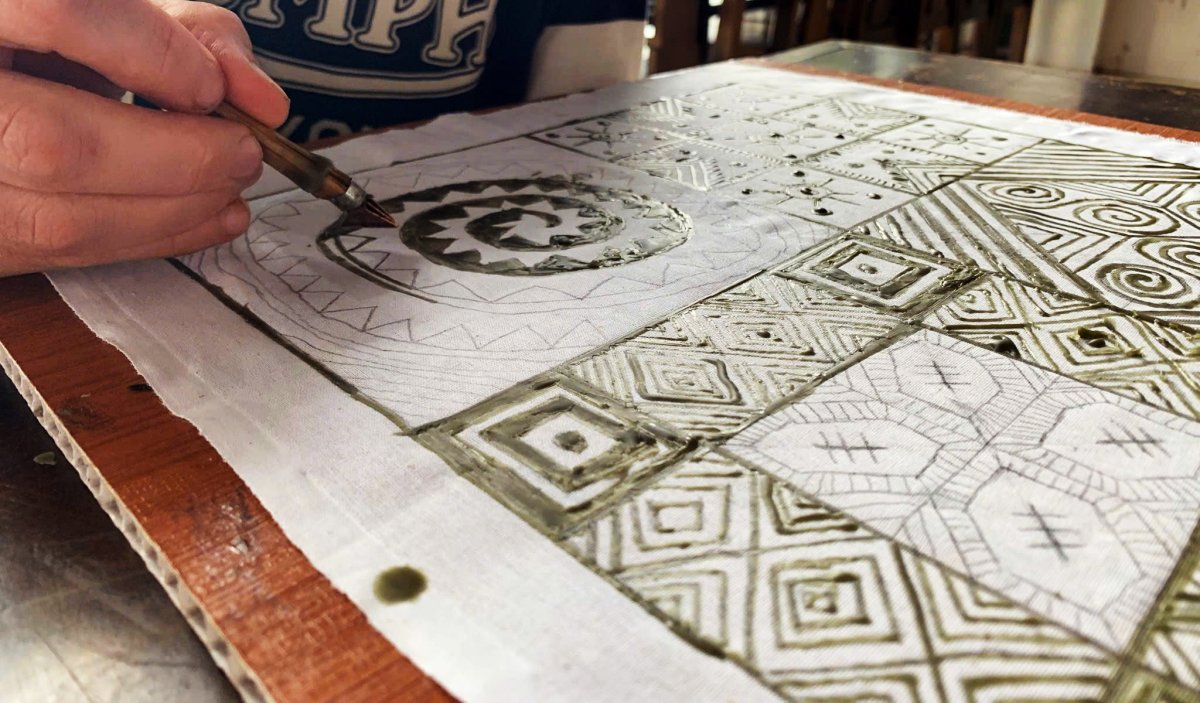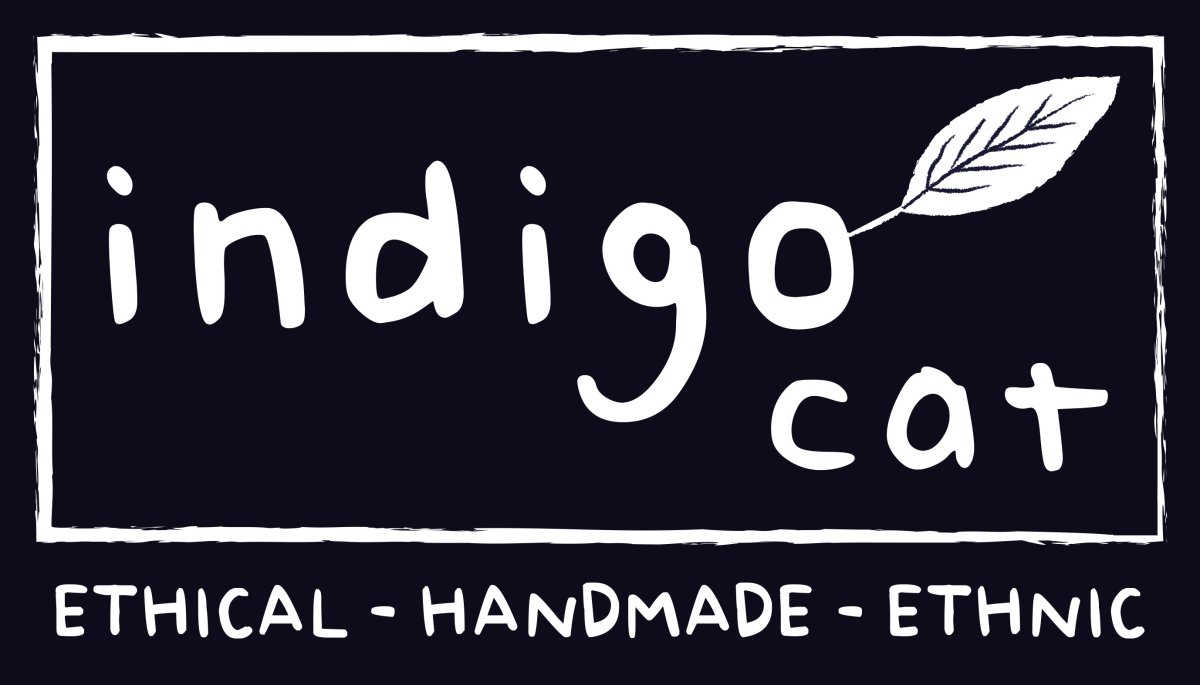The Workshop - A unique experience
You’ll be amazed at how much fun batik can be—even if it’s your first time!
In this hands-on workshop, you’ll learn a traditional technique using wax to draw patterns on fabric.
Then, watch your design come to life as we dip it into beautiful, natural indigo dye. It’s creative, relaxing, and perfect for both kids and adults.
Come explore this ancient art form and take home your own unique indigo creation.
In this hands-on workshop, you’ll learn a traditional technique using wax to draw patterns on fabric.
Then, watch your design come to life as we dip it into beautiful, natural indigo dye. It’s creative, relaxing, and perfect for both kids and adults.
Come explore this ancient art form and take home your own unique indigo creation.

WORKSHOP
Our classes take place every day, either in the morning (around 9 am) or in the afternoon (around 2 pm).
Each session lasts approximately 2 to 2.5 hours.
- A skilled teacher
- 40 x 40 cm piece of cotton fabric
- Wax and the full indigo dyeing process
After the wax is boiled out, you'll have a beautiful souvenir from your stay in Sapa.
Symbolism in Hmong Folk Art
Learning an ancestral technique is, of course, an enriching experience — but Indigo Cat wanted to go further: to give you the keys to understanding the symbols.
In Hmong art, symbols are everywhere. Long before most people could read or write, shapes, patterns, and colors told stories — if you knew how to read them. Every detail carried meaning. With the “right dictionary,” a piece of fabric could become a message. These designs often reflect the natural world, spiritual beliefs, or collective cultural memory.
👉 Click on a symbol to reveal its meaning.
